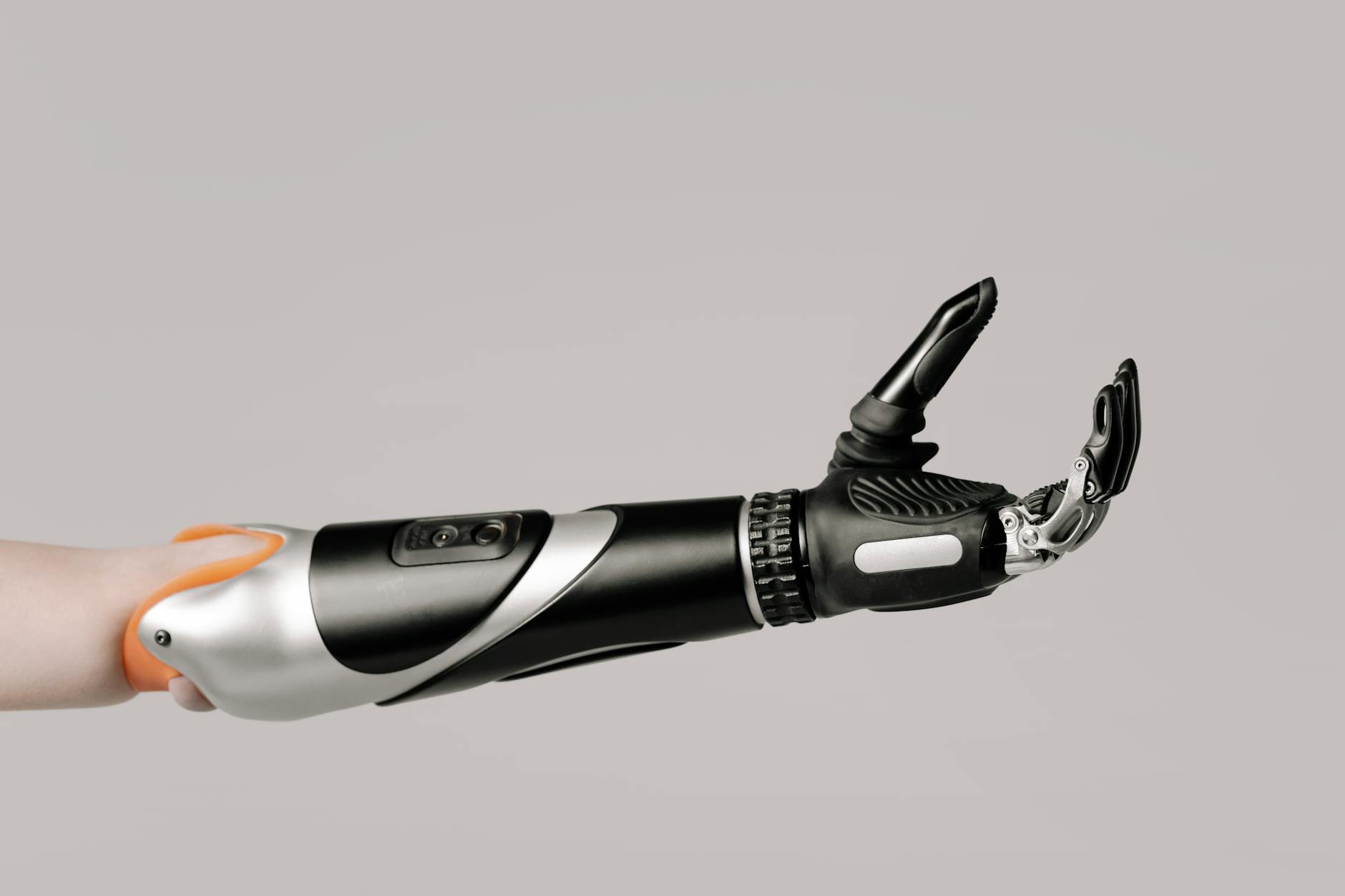The Rise of Biohacking: Enhancing Human Abilities through Technology

The Future of Human Enhancement
In recent years, the field of biohacking has gained significant attention as individuals seek to enhance their physical and cognitive abilities through the use of technology. This emerging trend is not without controversy, but it offers a glimpse into the potential future of human evolution. Biohackers are

Types of Biohacking
There are several categories of biohacking, including genetic manipulation, nootropics, implantable technology, and DIY biology. Genetic manipulation involves altering DNA to enhance traits such as strength, intelligence, or longevity. Nootropics are substances that claim to improve cognitive function and creativity. Implantable technology, such as microchips or magnets, can enhance sensory perception or track health metrics. DIY biology involves experimenting with biological organisms in unconventional ways to achieve specific results.
Benefits and Risks
The potential benefits of biohacking are vast, ranging from improved health and longevity to enhanced cognitive abilities and sensory perception. However, there are also significant risks associated with these practices, including legality issues, unforeseen consequences of genetic manipulation, and potential health complications from unregulated substances or procedures. Ethical concerns have also been raised regarding the fairness and safety of biohacking technologies.
The Future of Biohacking
As technology continues to advance at a rapid pace, the possibilities for biohacking are only limited by our imagination. Researchers are exploring new frontiers in biotechnology, nanotechnology, and artificial intelligence to further enhance human abilities. The future of biohacking holds both promise and peril, as society grapples with the ethical, legal, and social implications of this emerging field.
